Explore Italy’s Castles and Forts
Majestic towers, crenellated battlements, stone fortresses perched upon rocky crags, romantic ruins, sumptuous palazzos and much more: these are the images that come to mind when picturing the Castles of Italy.
The political instability of Italy during the middle ages has left its countryside and cities full of testaments to this turbulent time period. Castle formations are found throughout Italy, and they range in age from pre-Roman times to the gunpowder era.
Both young and old will enjoy exploring these examples of military might, with some restored to their former glory and others still occupied by their noble families. Some castles are far too ruined to be safely explored and should be viewed from a distance, but there are others that not only allow a visit, but also to stay overnight. Medieval buffs and children would enjoy a visit to one of the castles that offer period performances such as banquets, balls and jousts.
Below is just a small sampling of the many castles in Italy worth visiting. There are possibly hundreds more castles, city forts and walled towns that would make a great daytrip or even an overnight stay. Even more possibilities open if you include famous villas and palaces, but those listed here have all been either real castles or another type of military installation at some point in their histories. Many of these castles have web sites, and regional tourism boards will be happy to supply you information on other excellent castles to visit during your trip.
The Castles of Italy: The North
The north of Italy had the unenviable job of defending the mountain passes and the fertile river valleys from the constant threat of invasion. In order to defend their holdings from invading armies and rival families, the nobility built castles all over the area. Today some are in ruin, but many have been restored to either their original design or following fanciful 19th century creations. Either way there are still dozens, if not hundreds of castles in the regions of Valle d’Aosta, Lombardy and Trentino worth visiting.
Fénis Castle, in Valle d’Aosta, has several large crenellated (the teeth-like stones at the top) towers and looks formidable even today under a backdrop of snowy peaks. Not only is it impressive from the outside, but the recently renovated interior houses fine displays of medieval art. Fénis is but one of several prominent castles in the tiny Valle d’Aosta with others including Verrès, Montjovet and the fanciful reconstructions of Saint-Pierre and Aymavilles.
In Lombardy, the Dukes of Milan are responsible for the impressive Castello Sforzesco located in the heart of the city. Named for the powerful Sforza Dukes that ruled the region, the castle was demolished, rebuilt and restored several times. Over time, the Duchy and its palace passed through French, Spanish and Austrian noble families, each using it for their own purposes, from a palace to an impregnable fortress. The castle was nearly demolished by rebelling citizens of Milan, but restored to its former glory after Italian unification – including its distinctive round towers. Today the castle is a popular tourist attraction and has several permanent museum exhibits including Ancient and Renaissance art.
The region of Trentino – Alto Adige is famous for its many castles and one of the best is within the city of Trento. The Castello del Buonconsiglio looms over the city, a prominent display of power by the Prince-Bishops who ruled Trento until 1803. Originally a severe looking fortress, the castle was constantly changed and expanded over the centuries, giving it a rambling appearance today. The oldest part, Castelvecchio still retains some fortress elements including the Augustus Tower. The most famous tower in the complex is the Aquila Tower, which houses the Cycle of Months, one of the finest Medieval fresco cycles still surviving. Between these two towers lies the Renaissance palace, Magno Palazzo that has an impressive series of frescoed loggias.
High in the Tyrol is Castle Churburg, home to the Trapp family for the last 500 years and allows visits during the spring and summer. This 13th century castle was turned into a sumptuous residence by the time of the Renaissance, and today still retains that appearance inside and out. The interior has well preserved rooms and halls including its signature arcades; its columns and arches are decorated with the family trees of the castle‘s owners. Churburg is also home to the world’s largest private collection of arms and armors, as well as the oldest surviving suit of armor, dating to 1365. The surrounding countryside allows for visits to alpine villages, high meadows and mountain hikes.
In the heart of the ancient city of Verona lies it’s red walled Castelvecchio which, along with the intact city walls, makes for an imposing scene. Like most castles in Italy every owner was from the Della Scala and Visconti families to the Venetian Republic, and even Napoleon left their mark on the castle. Today visitors can take a walk along the fortified Ponte Scaligero or view medieval sculptures, weapons and works by Veronese artists within the castle museum.
The ruling d’Este family of Ferrara constructed an impressive display of power in the form of the Castello Estense. Not always popular with their citizens, the d’Este built their seat of authority to withstand both outside invasion as well as local uprisings. The centrally located castle is surrounded by a moat and four square towers and has an infamous dungeon used to house family enemies. By the 15th century the fortress was converted into a luxurious residence, complete with beautiful Renaissance frescoes adorning its Ducal chapel, game rooms and salons.
The Castles of Italy: Central Italy
The former lands of the Papal and Medieval city states are dotted with castles and city forts as this was a hotly contested region for centuries. The result is plenty of castles and walled hill towns to explore, such as San Gimignano. Although it is not a castle, it is a very popular medieval hill town known for its stone towers. The town fort was dismantled by the Medici, but the towers – built for both protection and prestige, are evidence of the dangerous rivalries both in and outside the walls. Beside its unmistakable skyline, the town has several intact medieval gates along its walls.
In an attempt to protect itself from rival Florence, the city state of Siena constructed the fortified bastion of Monteriggioni. Over time the fort was transformed into a walled community, and to this day the town’s wall bristles with towers facing its sworn enemy. The town is still virtually intact, making it a great stop when traveling through the Chianti region and is home to a Medieval festival every July.
High above the Umbrian hill town of Assisi lies the Rocca Maggiore, watching over the Spoleto valley even today, in its ruined state. The original castle dates back to the late 12th century when the future Emperor Frederick II spent his youth here. Little remains of this castle, as the current towers and most of the walls are from 14th and 15th century reconstructions. Today visitors can get an unbelievable view of the Umbrian countryside from its towers.
Rome’s Castel Sant’Angelo has had a long and colorful history. Originally the mausoleum of Emperor Hadrian, it was later incorporated into the city’s Aurelian walls. Medieval popes turned the former tomb into their personal fortress, connected to the Vatican by a secret tunnel. This tunnel was used by Pope Clement VII and the entire Papal Curia to escape the sack of Rome in 1527. Later the castle was turned into a fort, with artillery emplacements and eventually a prison. Today the castle is a museum displaying aspects of the many lives of the building, including prison cells, a military museum and papal apartments.
In rarely visited Molise the Castello di Cerro al Volturno is perched high above the valley on a rocky promontory. This castle is known for its huge round towers and thick walls and was once a Benedictine abbey. It later became a private residence for members of the Colonna, Carafa and currently the Lombardi families.
The Castles of Italy: The South
The southern regions of Italy have been left with the unmistakable mark of one of the most amazing men of Medieval Europe: the Emperor Frederick II, who left impressive castles and palaces all over his empire, especially southern Italy and Sicily. One such castle was the imposing of Castle of Bari, which Frederick renovated into a massive fortress. In the 15th and 16th centuries the castle became the home to Princess of Naples Isabella of Aragon and her daughter Bona Sforza, the future queen of Poland.
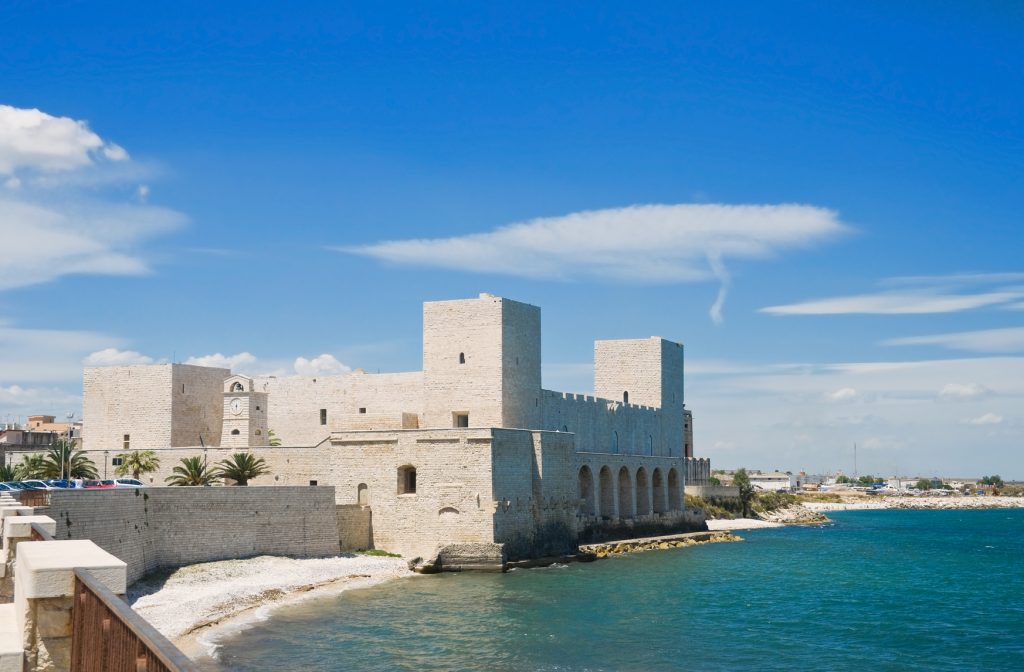
Frederick II’s unique Castel del Monte was built in 1240 with elements of Classical, Gothic and Arab decoration and is the most famous of his many castles in Puglia. This distinctive castle, once nearly a ruin, has been thoroughly restored and designated an UNESCO world heritage site due to its unique octagonal design and possible occult and alchemical symbolism.
The city of Naples can boast of three impressive castles (and a royal palace) all within walking distance. Castel dell’Ovo (Castle of the egg) is an imposing mass that juts out into the Bay of Naples that has a history steeped in legend. The Castle is built upon the ruins of a Roman fortress and prison which held the last Roman Emperor of the West in 476. The name is attributed to Virgil, who is said to have hidden an egg within a secret chamber of the castle: so long as the egg remained unbroken, Naples would be safe. The present condition of the castle is due to numerous rebuilds and expansions after centuries of sieges and bombardments. The castle has recently undergone renovation but only parts are open to the public.
Castel Nuovo, also known as “Maschio Angioino” was built by King Charles of Anjou but retains little of the original 13th century structure. The Kingdom’s successive waves of Aragonese and Bourbon rules all left their mark on the Castle, with its most prominent feature being the five round towers and triumphal arch entranceway. On the Vomero hill, overlooking the harbor of Naples, is the Castle Sant’Elmo, also built by King Charles and used as a military installation until 1976. The castle has underground jails worth visiting but is not always open to the public.
By Justin Demetri

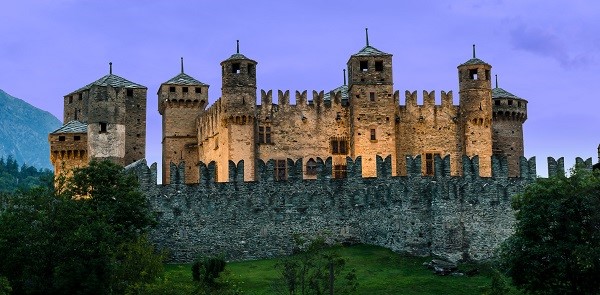
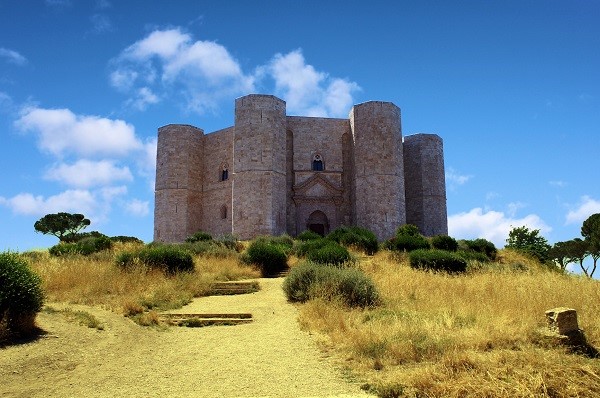

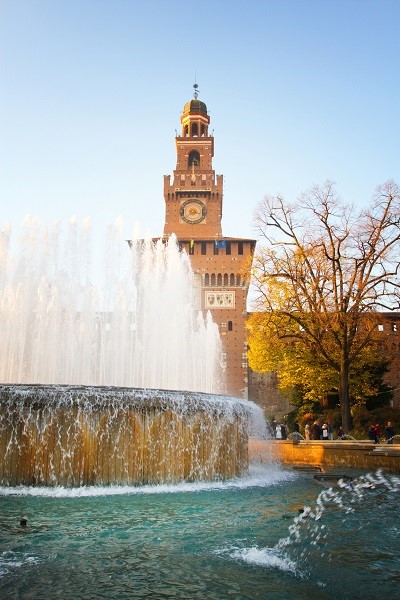
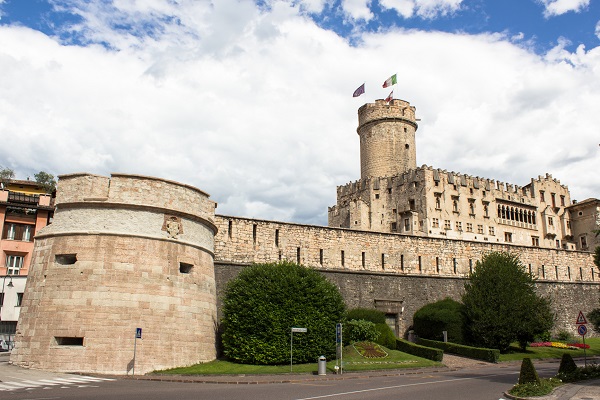
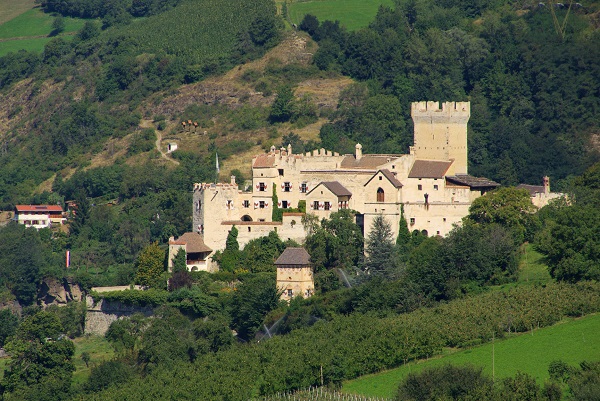
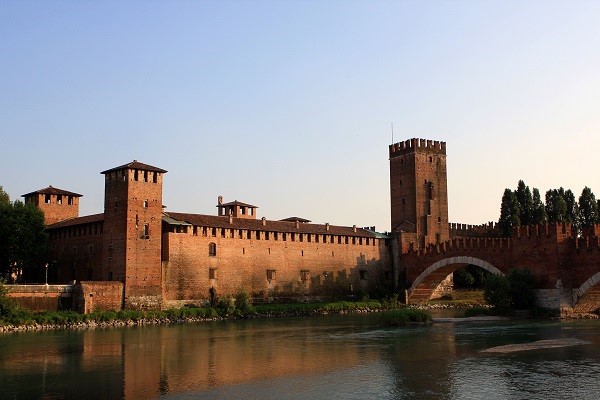
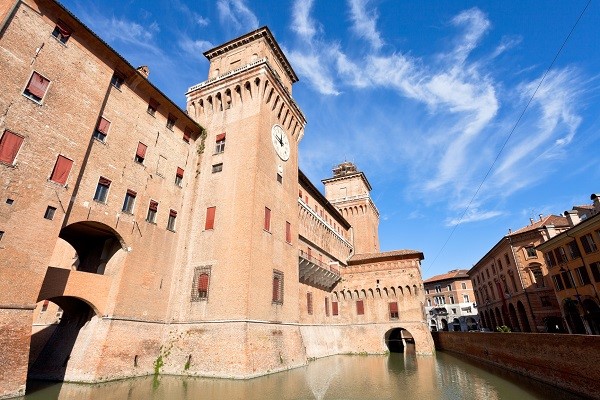
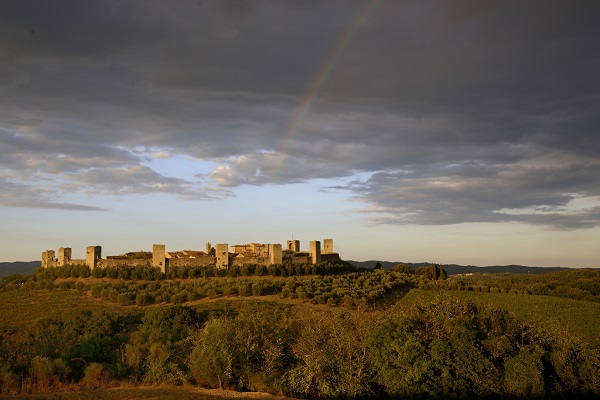
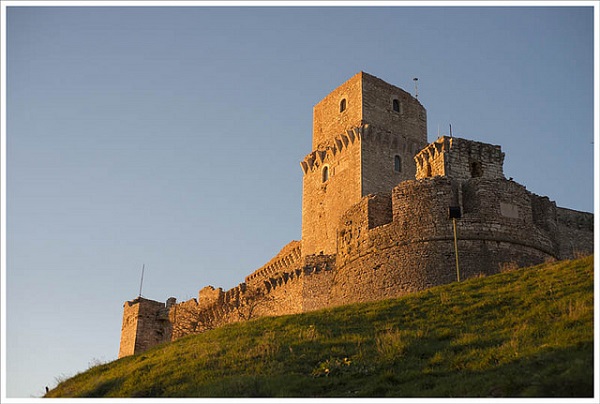
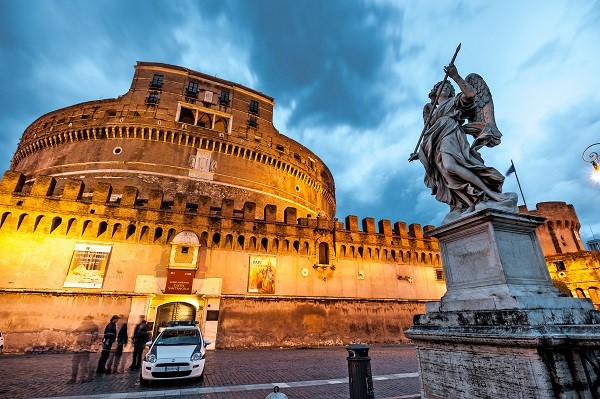
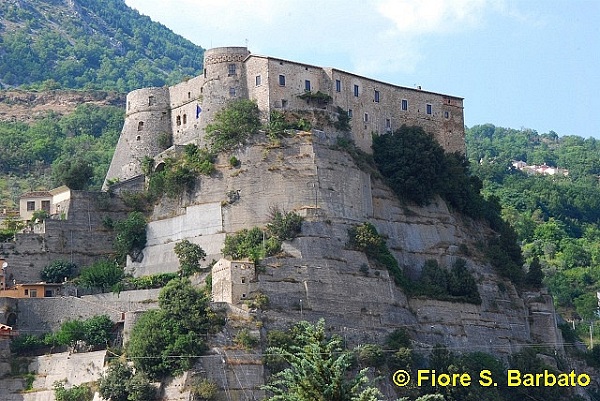
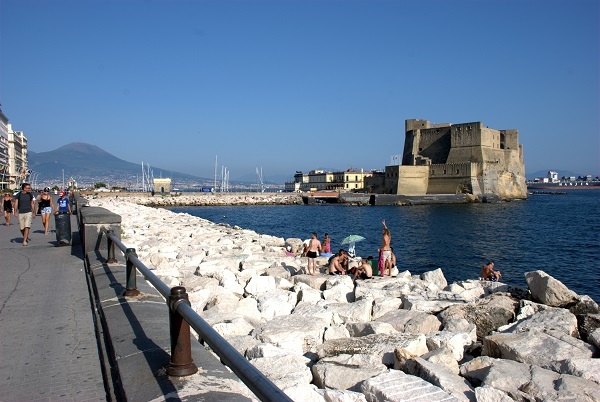
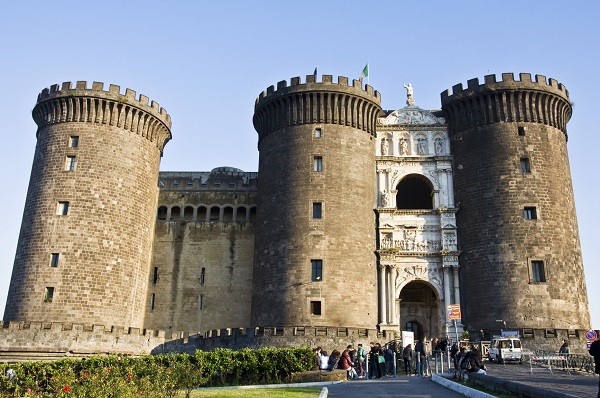
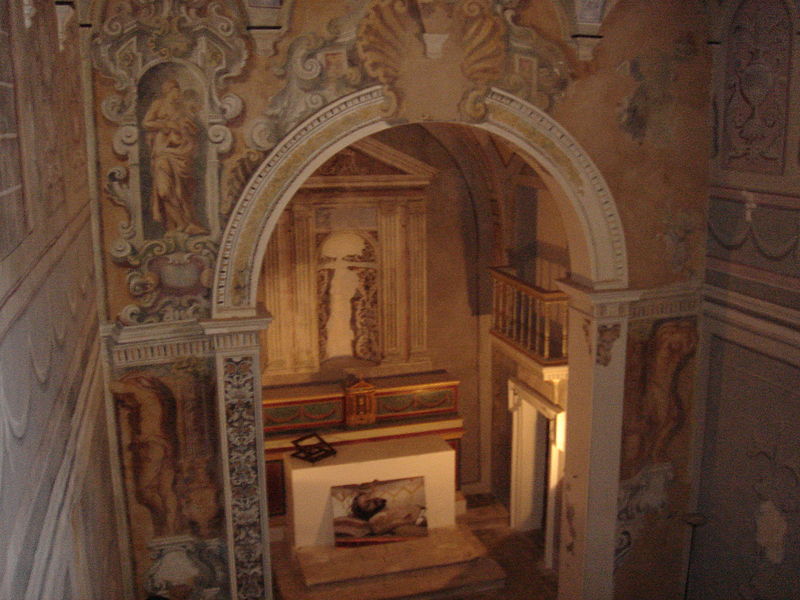
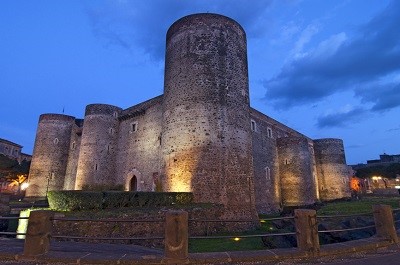
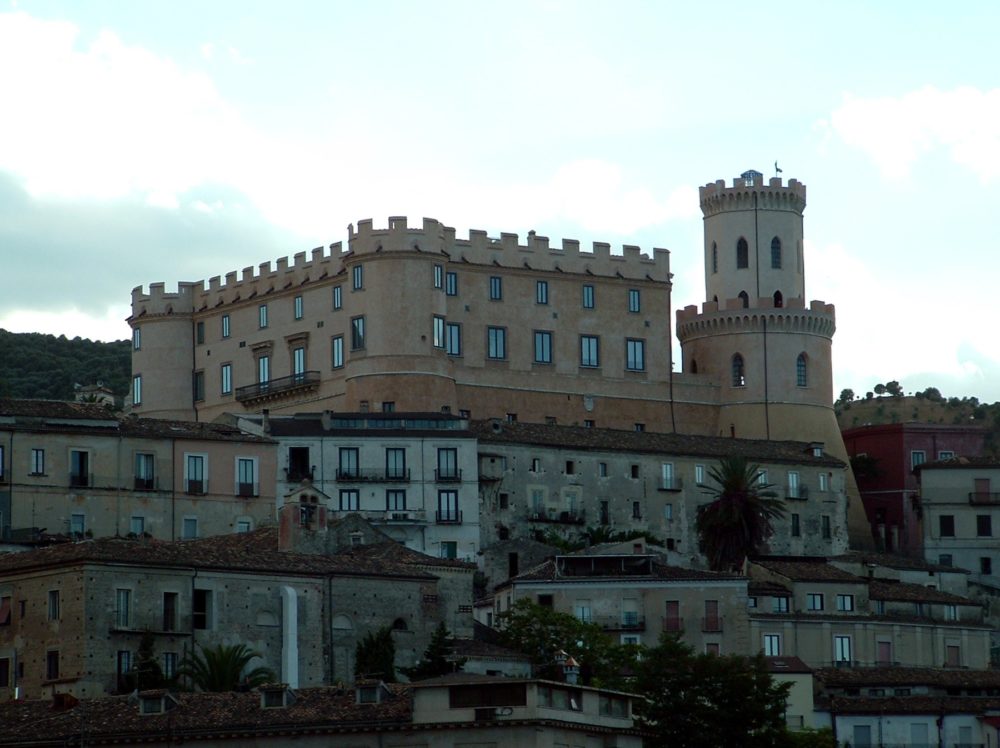
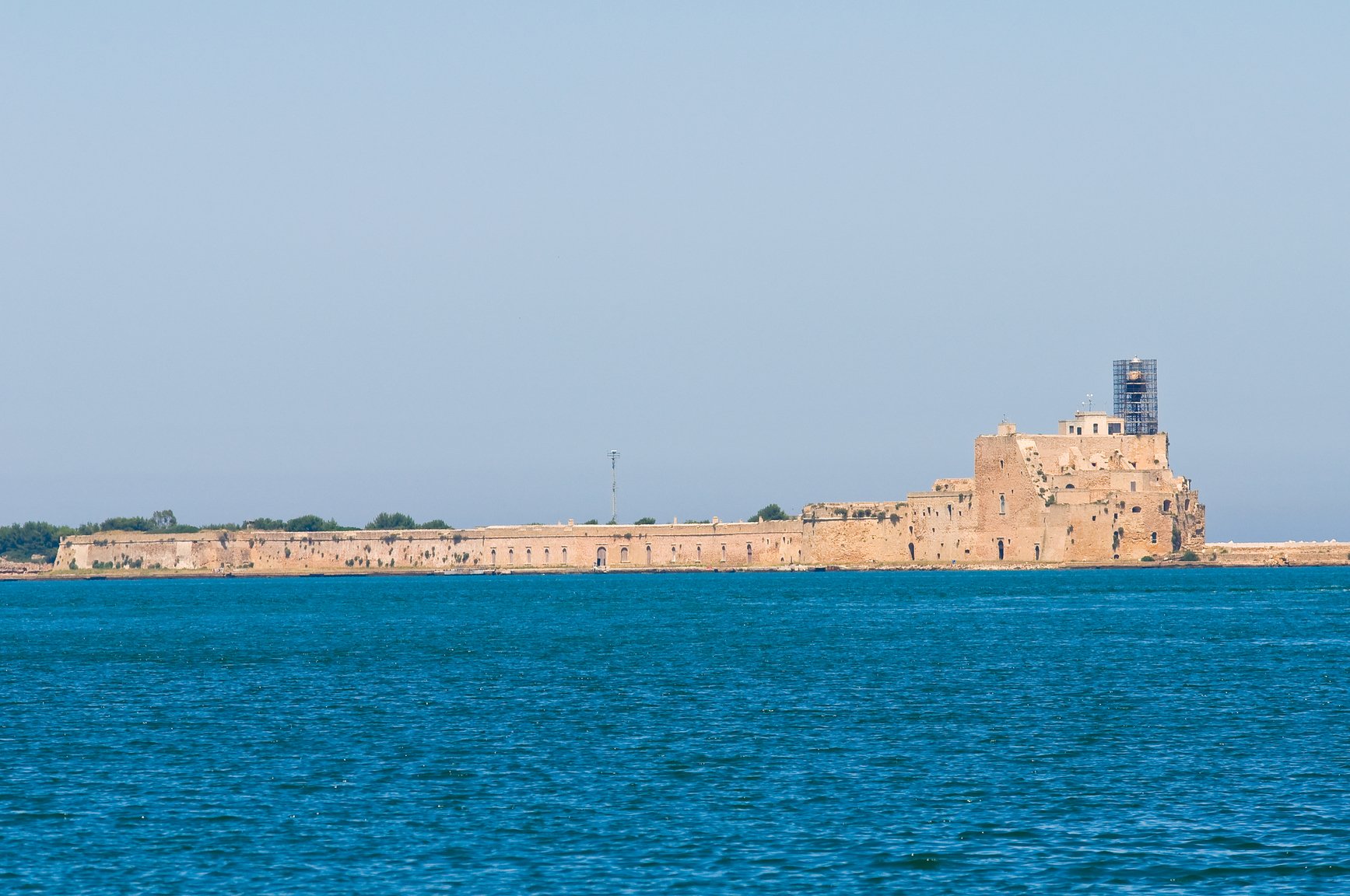







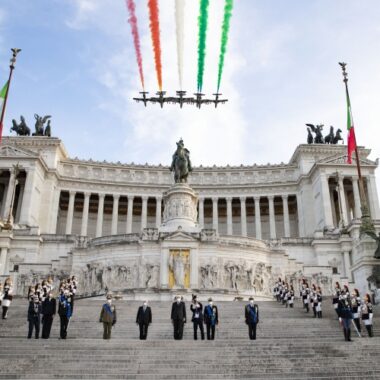
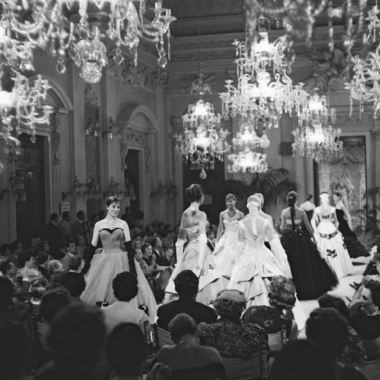
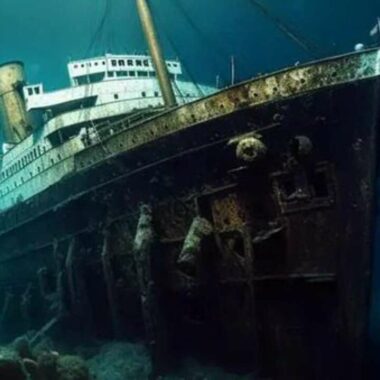
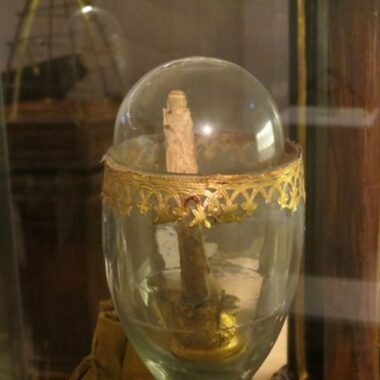


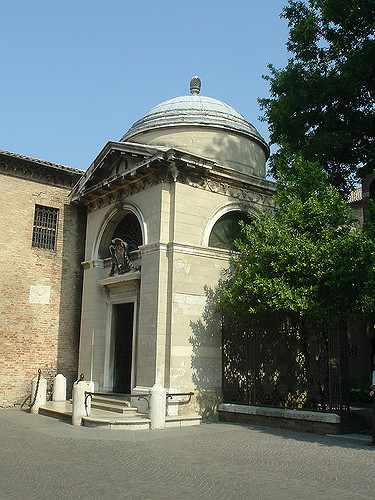




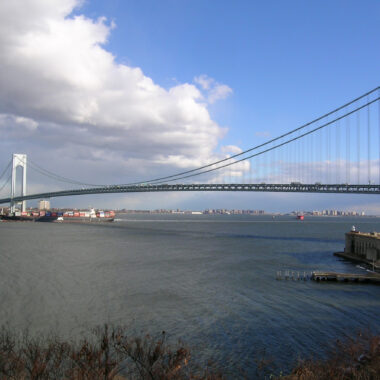

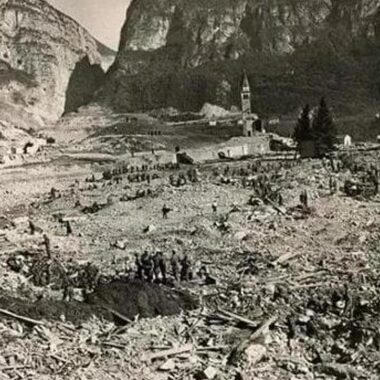
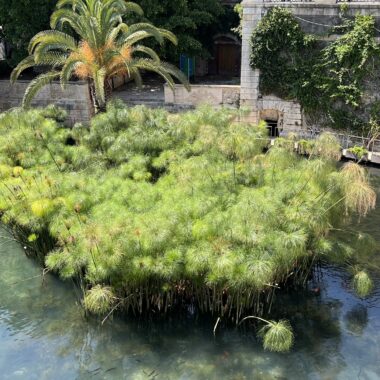

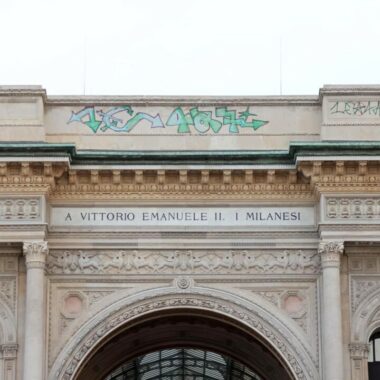
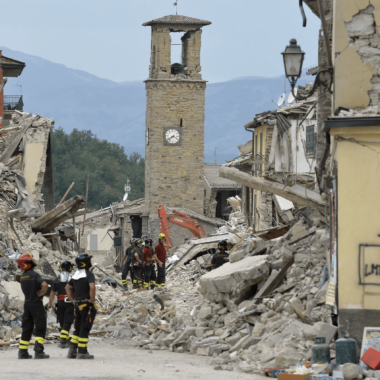
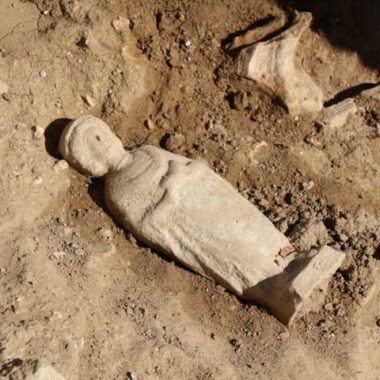

How May castles are there in all of Italy?
And Europe?